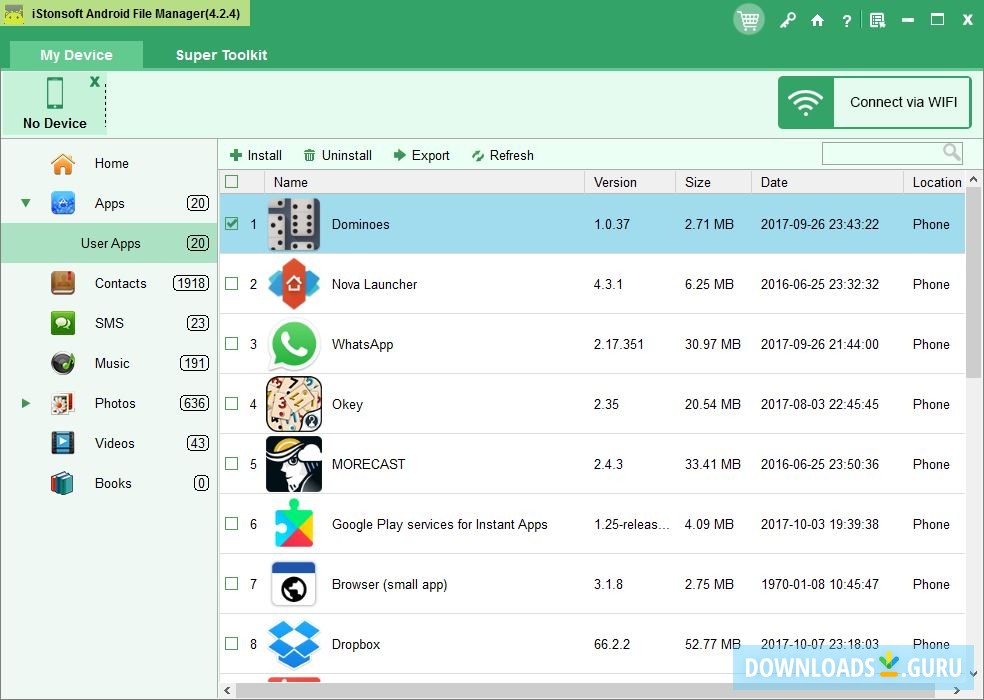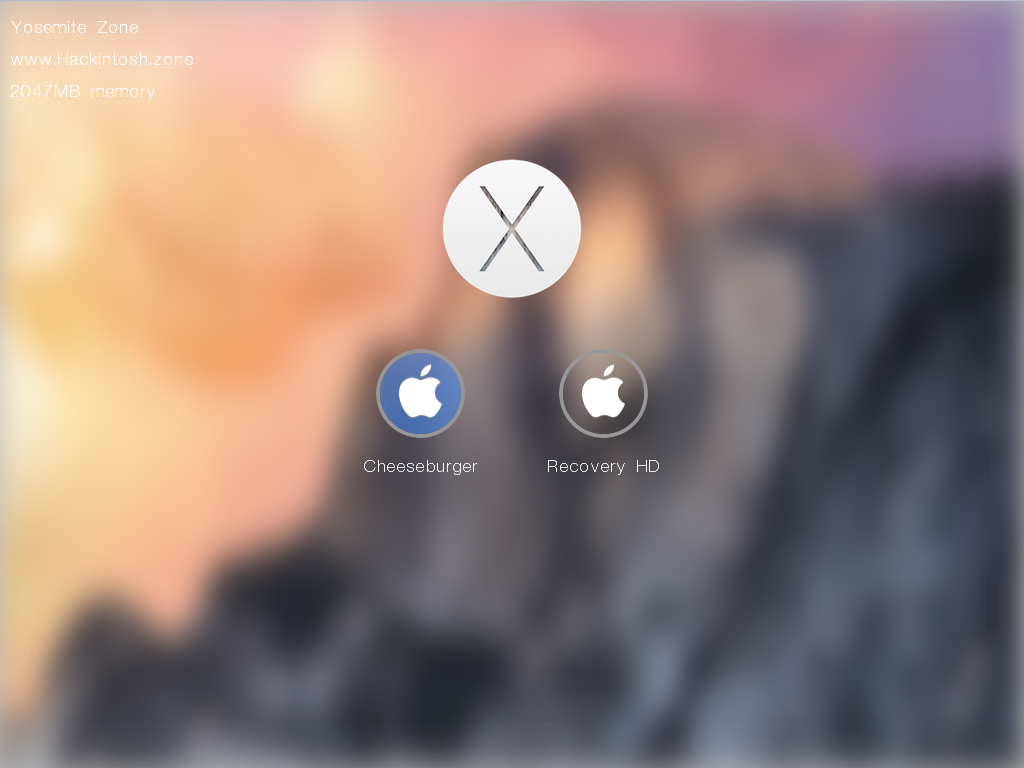

Uninstall python and redo step 2 above.ĥ. `Create shortcuts for installed applications` Tick/Select `pip` (others, leave as default) Select `Customize Installation` (this is important)ģ. Open Python Installer (likely in `Downloads`):Ģ. mine says `圆4-based PC` which means mine is 64-bit and I should download the `Windows x86-64 executable installer`

Do a Cortana search for `System Information`, open itģ.

Be sure to check you're downloading the right python version for your system (64bit vs 32bit) Not sure?ġ. Pick version 3.8.X (replace x with the highest number displayed)Ģ. The first part of this guide is made for Windows 10, the bottom part of the guide works on Windows 7, 8, 10 & Up.ġ. You can install things like `Django`, `Requests`, `PyTorch`, `Tensorflow`, and much more. `pipenv` and `pip` work hand-in-hand in managing your virtual environment. `Pipenv` allows you to install any Python library (aka Python-related software) to an isolated environment from other python packages. # Install Python 3.8, Virtual Environments, Django 3+ on Windows using pipenv, pip (Python Package Installer) and Windows Powershell


 0 kommentar(er)
0 kommentar(er)
